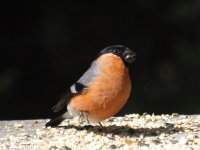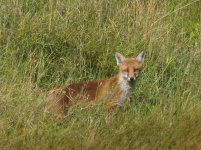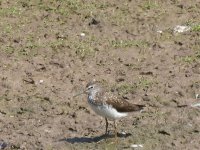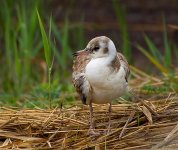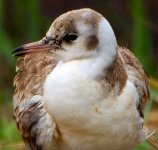Derry
Well-known member
here is a surfing photo posted on the 4/3 forum taken with the 70-300 to show what the lens is capable of,,
http://forum.fourthirdsphoto.com/showthread.php?t=39104
some very good detail,,
Jon, what settings are you using on the E3,,?? I also have one and seldom go above ISO 400 unless it is an overcast day,,
have you seen this web page,,??
http://www.wrotniak.net/photo/43/e3-sett.html
Derry
http://forum.fourthirdsphoto.com/showthread.php?t=39104
some very good detail,,
Jon, what settings are you using on the E3,,?? I also have one and seldom go above ISO 400 unless it is an overcast day,,
have you seen this web page,,??
http://www.wrotniak.net/photo/43/e3-sett.html
Derry
Last edited:




